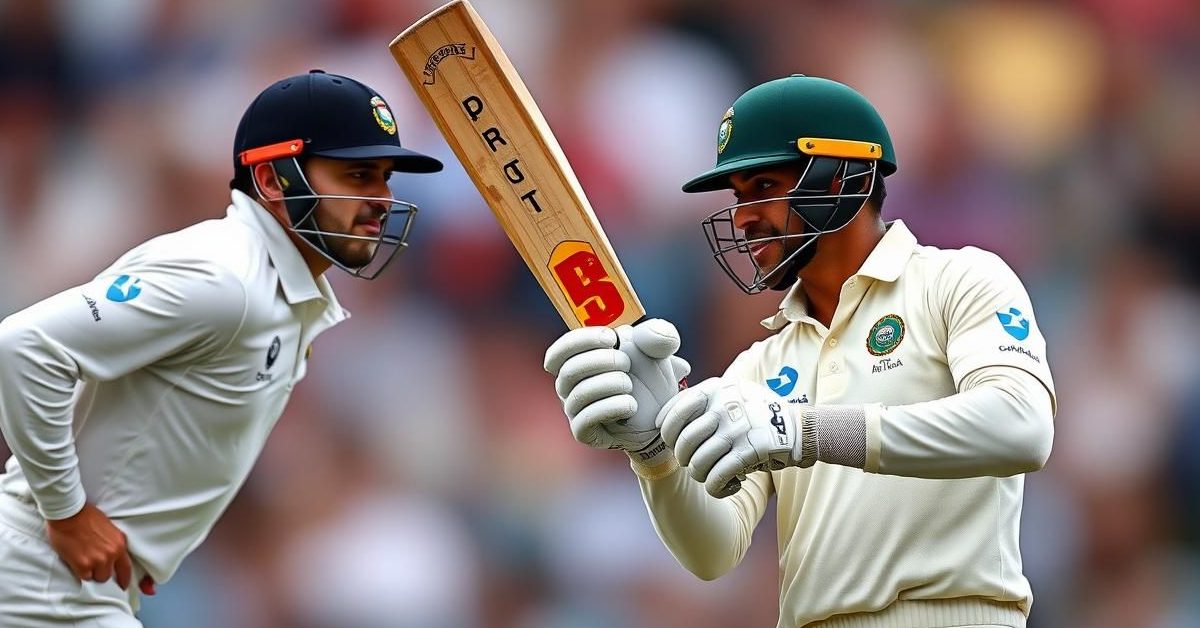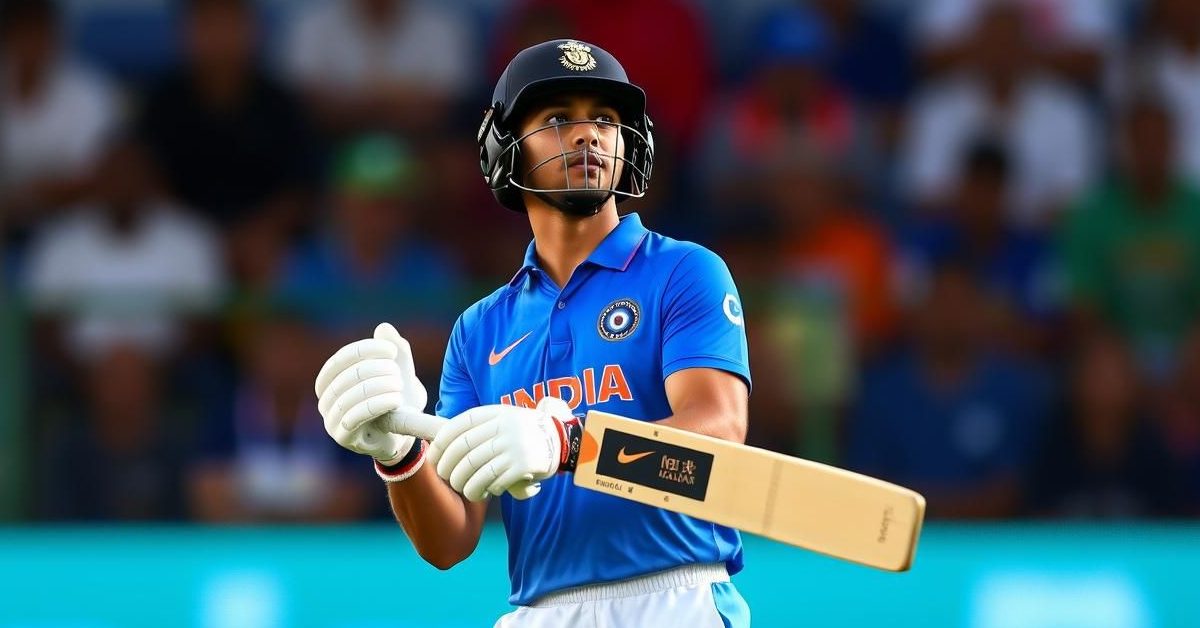The Precarious Perch: Why Test Cricket’s No. 3 Has Lost Its Luster
The No. 3 batting position in Test cricket has long been considered the cornerstone of an innings, a hallowed spot reserved for technicians, anchors, and sometimes, even aggressive counter-attackers. Legends like Sir Don Bradman, Ricky Ponting, Rahul Dravid, and Kumar Sangakkara once graced this pivotal role, setting unparalleled standards. Yet, a perplexing crisis has gripped Test nations, with the coveted No. 3 slot witnessing a dramatic and unsettling decline, particularly since the advent of the ICC World Test Championship (WTC) cycle. Top teams like Australia, South Africa, England, and India are grappling with this persistent dilemma, struggling to find stability and consistent performance from their one-down batsmen.
A Statistical Freefall: The Stark Reality of Plummeting Averages
The data paints a grim picture. While batting averages across various positions have fluctuated, the drop for Test cricket’s No. 3 has been nothing short of staggering. In the first decade of this century (2001-2010), the collective batting average for No. 3s stood at an impressive 44.77 across 461 Tests. Fast forward to the last four years (2021-2025), and this figure has plummeted below 35 across 190 matches. This isn’t just a minor dip; it represents a seismic shift, a -4.6 runs per innings decrease compared to the pre-WTC period (2014-2019), far exceeding the less than two-run decline seen in any other top-six batting position. The No. 3 is uniquely suffering, facing harsher conditions and increased pressure.
Australia’s Quandary: Labuschagne’s Fading Form
Australia, traditionally a powerhouse with a rich history of strong No. 3s, is feeling the heat. Marnus Labuschagne, once hailed as the torchbearer of the position, enjoyed an incredible run, averaging a remarkable 66 from his first 44 innings at No. 3 until early 2023. However, his subsequent 45 innings have seen a “phenomenal freefall,” his average dropping significantly to 48.83. The desperation was evident when he was controversially pushed to open in the recent WTC final against South Africa at Lord’s. His successor, Cameron Green, has also endured an “iffy initiation,” struggling to cross 15 in his initial outings at the spot.
India’s Carousel: A Search for Stability
For India, the post-Cheteshwar Pujara era at No. 3 has been marked by a revolving door of candidates. Pujara himself, once a formidable presence, especially at home, saw his average at No. 3 decline from a robust 50.0 between 2012-2019 to 30.37 in his last 26 Tests (2020-2023). While his overseas average held relatively better, his home performances saw a stark decline. Shubman Gill’s inconsistent run led to him taking over the captaincy, and the latest hopeful, Sai Sudharsan, made an unfortunate debut against England at Headingley, becoming the first of 18 Indian batsmen to record a duck at No. 3 on Test debut. The constant experimentation underscores India’s struggle to fill this critical void.
South Africa’s Dilemma and England’s Exception
South Africa’s predicament mirrors that of other nations. After shuffling through 11 players at No. 3 over the last four years, they resorted to trying seam all-rounder Wiaan Mulder in their recent matches, including the WTC final, with limited success. This highlights a clear lack of specialist options.
England, on the other hand, has shown relative resistance to this trend, largely sticking with Ollie Pope. Despite calls for younger talents like Jacob Bethell, Pope recently delivered his ninth Test century at Leeds, a crucial innings. Yet, questions linger about whether Pope can consistently carry the “Bazball” philosophy through demanding away Ashes tours and beyond, given his often uncanny, but sometimes inconsistent, record.
Kane Williamson: The Solitary Standout, With a Caveat
Amidst this widespread struggle, New Zealand’s Kane Williamson stands as a remarkable anomaly. Having topped the charts at No. 3 between 2011-2019 with an average of 54.57, he has only buttressed his record in the last five years, averaging a staggering 71-plus. However, this Bradmanesque performance is heavily skewed by his extraordinary home record, where he has amassed 1948 runs at an astounding 88.54 since 2020, making up 71% of his total runs. While his away record of 44.53 from 16 innings is respectable, it’s significantly influenced by an unbeaten 200 on a flat Karachi pitch three years ago. He is a shining beacon, but his success story is largely confined to home comforts.
The Void: A Call for a New Liberator
The modern No. 3 faces immense pressure, often walking in when the new ball is still swinging or when an early wicket demands immediate crisis management. Unlike openers who can establish a rhythm or middle-order batsmen who often face a softening ball, the No. 3 needs a unique blend of defensive fortitude and aggressive intent.
While the overall health of Test cricket batting seems to be holding shape, the crisis at No. 3 is undeniable. The position, once a symbol of stability and run-scoring prowess, desperately needs a new “liberator”—a dominant, consistent figure who can redefine the role for this generation and inspire other nations to elevate their standards once more. Until such a player emerges, the search for the next great No. 3 will remain a critical and compelling narrative in Test cricket.














